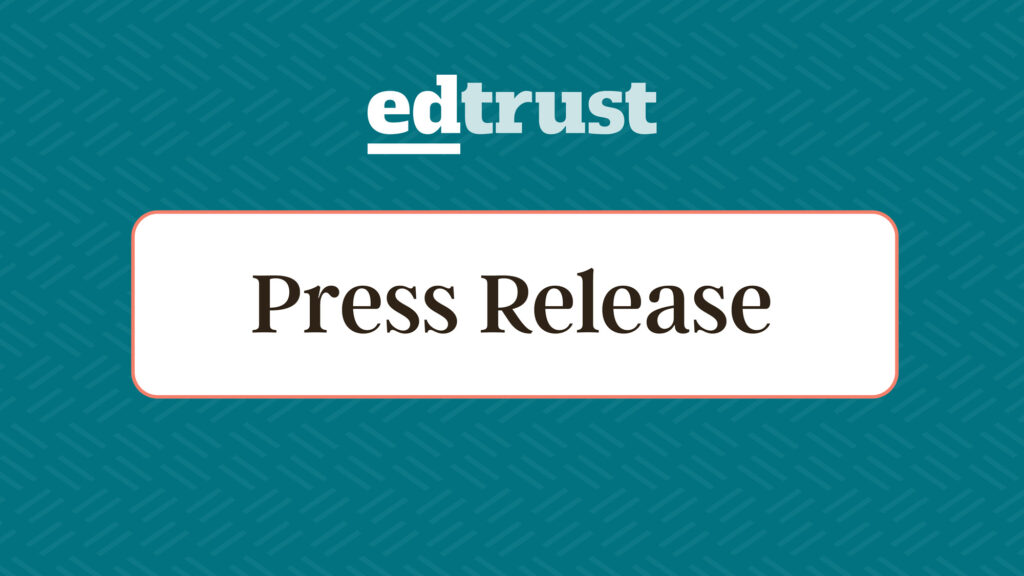FOR IMMEDIATE RELEASE
Contact: media@edtrust.org
Enrollment Data Reveals a Shift in Postsecondary Pathways to College and Career
New EdTrust brief calls for states to continue to strengthen and support pathways to bachelor’s and associate programs while investing in quality, short-term credentials and apprenticeship opportunities for a growing diverse student body and stronger workforce
WASHINGTON — A new brief from EdTrust, Mapping Postsecondary Pathways: Understanding State Student Enrollment Trends, examines shifting higher education enrollment patterns. Despite growing skepticism about the value of a college degree and growing interest in short-term credentials among students, state policymakers, and employers, most students are still choosing to enroll in bachelor’s degree programs, particularly at public universities.
Drawing on six years of enrollment data across all 50 states, the brief finds that while undergraduate enrollment is beginning to rebound post-pandemic, equity gaps persist — and the Trump administration’s “One Big Beautiful Bill” threatens to widen them.
“Students are signaling that they want pathways that lead to good jobs without unmanageable debt,” said Sabreyna Reese, a higher education research analyst at EdTrust. “But affordability and quality can’t be separated. The bachelor’s degree has remained the strongest pathway for social and economic mobility. As states continue to invest in short-term credentials, they must deliver on the promise of economic opportunity, especially for students who have historically been shut out of higher education,” she added.
Key Findings
- Community college enrollment remains more than 3% below pre-pandemic levels, despite these institutions’ vital role in making college affordable and expanding access for underrepresented students.
- Short-term credential (STC) enrollment varies significantly by state, with some states — such as Indiana — seeing notable gains among students of color, while others show declines.
- The majority of Black (76%) and Latino (84%) students continue to attend public institutions, and bachelor’s degree enrollment increased modestly for Black (+4%) and Latino (+5.6%) students between 2018–19 and 2023–24 — underscoring the need for sustained state investment in public colleges and universities as critical access points to opportunity.
Recommendations for Action
EdTrust urges policymakers, state leaders, and institutions to act on three key fronts:
- Enhance data transparency and accountability to track short-term credential outcomes and identify which programs lead to family-sustaining wages.
- Align K–12, higher education, and workforce systems so students graduate high school prepared for both college and career, with seamless on-ramps to apprenticeships and degree pathways.
- Invest in affordability and student supports, including need-based aid, debt-free college pathways, and wraparound services that help students persist and complete their programs.
The brief highlights that equity must remain central to state attainment goals, particularly in a political climate that threatens both access and inclusion. As workforce needs evolve, leaders must ensure that postsecondary pathways — whether to a degree or short-term credential — are designed to propel students toward family-sustaining wages.
“This is about protecting the promise of higher education as a pathway to economic mobility,” said Reese. “States and institutions must double down on high-quality, affordable programs that meet both workforce demand and students’ aspirations.”
###
About EdTrust
EdTrust is committed to advancing policies and practices to dismantle the racial and economic barriers embedded in the American education system. Through our research and advocacy, EdTrust improves equity in education from preschool through college, engages diverse communities dedicated to education equity and justice, and increases political and public will to build an education system where students will thrive.




